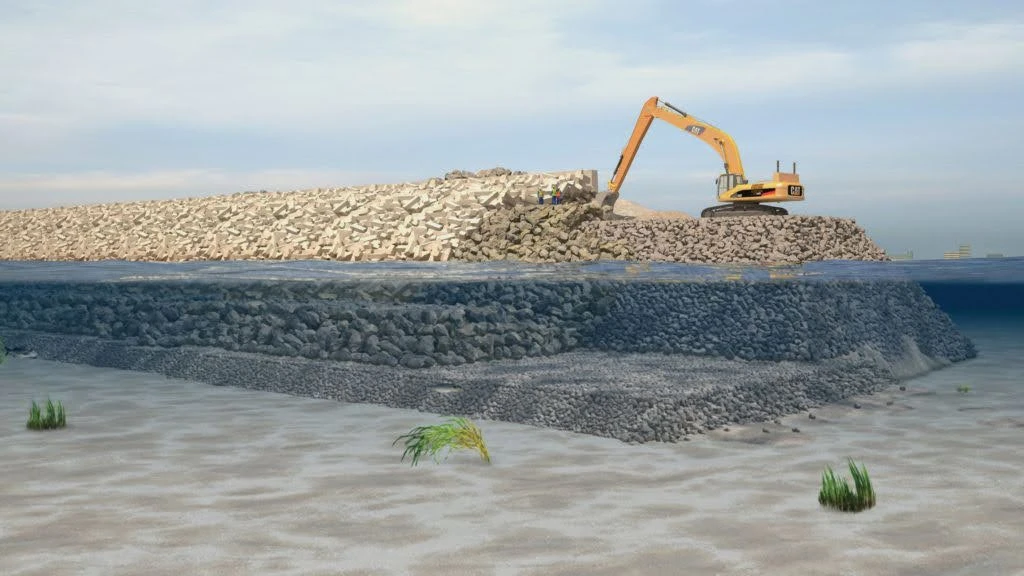In Lagos, the genesis of the interruption to the littoral drift came with the construction of the rock moles at the entrance to the Portof Lagos. Before the moles were built large vessels delivering goods to Lagos were required to drop anchor some distance offshore due tothe shallow waters in the Commodore Channel, the channel which led to the pre-existing Port in Lagos.
To enable delivery of cargo toLagos Port, smaller vessels would be dispatched to the larger vessels anchored offshore and convey the cargo into the Port, a painstakinglytedious and extremely inefficient exercise. A major upgrade of the Port of Lagos was apparent and much needed to expand trade andeconomic growth.
To improve access to the Port of Lagos marine engineers built the East and West Moles. The construction of these two molesallowed for the dredging of the Commodore Channel which would allow larger vessels to enter the Port of Lagos.
Construction of the two moles began in 1905 and was completed in 1912, allowing larger trade ships to freely enter and exit thePort of Lagos and discharge their cargo directly, increasing the volume of trade through this vital new trade hub; the development andextension of the Port of Lagos played a major role in establishing Lagos as one of the major economies on the African continent.
However, constructing these moles interrupted the littoral drift. Sand and sedimentary materials which were previously depositedon the shores of Victoria Island and Lekki were now being trapped on the West side of the Port of Lagos.
Erosion ensued to the East of the Commodore Channel i.e. Bar Beach and the coastline of the Lekki Peninsula.By 2005, some 100years after the construction of the moles, 2 kilometers depth of beach front, the entire Bar Beach, was lost to erosion leaving VictoriaIsland directly exposed to heavy ocean surges and with no protection from the Atlantic Ocean.
Victoria Island and Lekki’s businesses,residents, and properties were now under severe threat.
Urgent action was required to avert an ecological disaster and the potential loss of the busy commercial hub of Lagos VictoriaIsland.



















